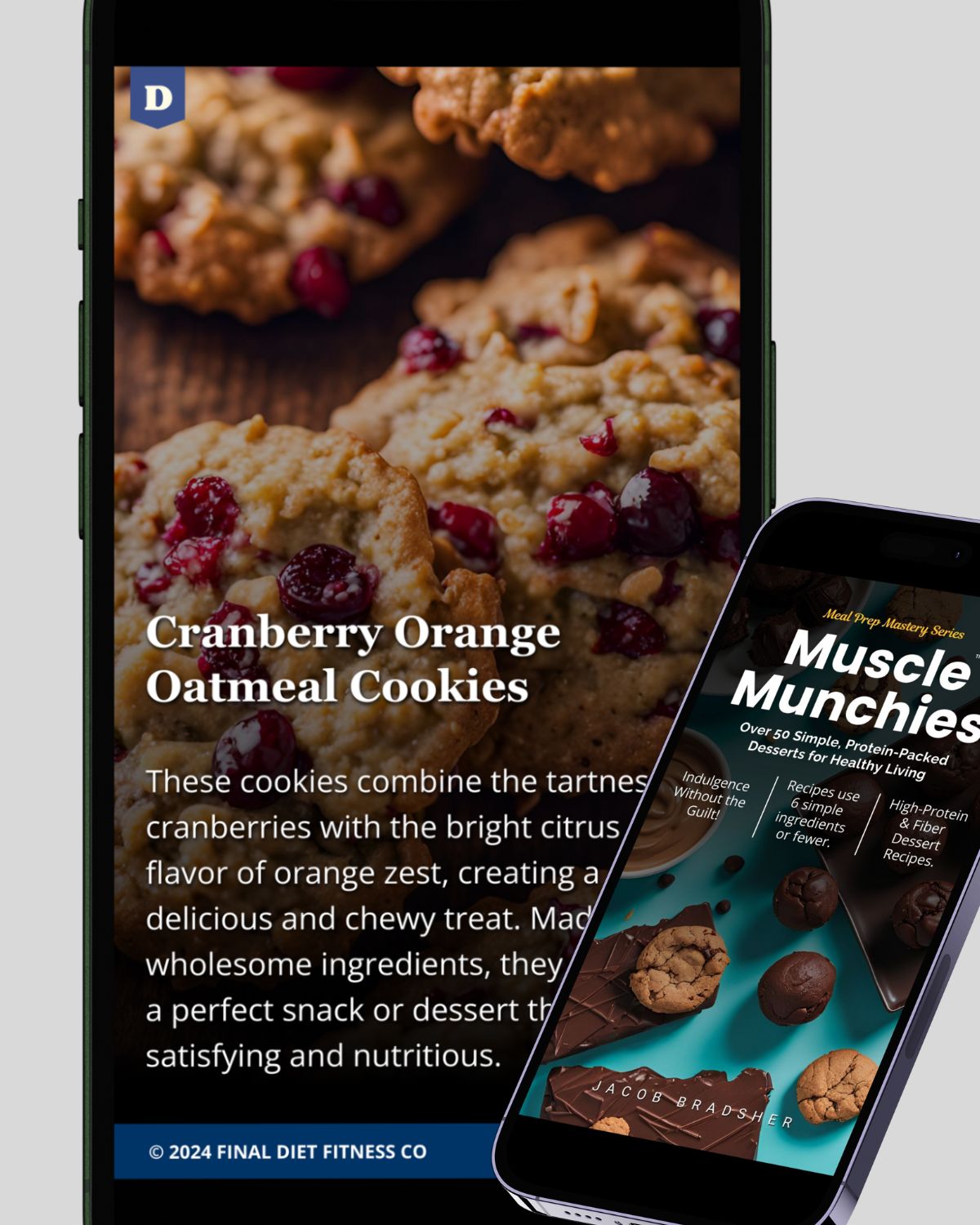
Whether you're new to fitness or a seasoned athlete, understanding nutrition labels is crucial for making informed food choices. Nutrition labels provide valuable information that helps you align your food intake with your fitness goals. Here's a simple guide to help you make sense of those numbers and terms on packaged foods, so you can stay on track with your health and fitness journey.
1. Serving Size: The Starting Point
Every nutrition label begins with the serving size. This is the amount of the product that the listed nutritional information corresponds to. Always pay attention to the serving size, as it can often be smaller than what you might eat in one sitting.
Tip: Compare the serving size to how much you actually eat. If you consume two servings, you need to double the calories, protein, fat, etc.
2. Calories: Fueling Your Body
Calories measure the energy you get from the food. Depending on your goals, understanding calorie content can help you stay on track with fat loss, muscle gain, or maintenance.
- For fat loss: Aim for a slight calorie deficit.
- For muscle gain: You'll need a calorie surplus to support muscle growth.
Tip: Track your calories and balance them with your activity level to ensure you're eating the right amount for your fitness goals.
3. Macronutrients: The Building Blocks
Macronutrients include carbohydrates, proteins, and fats. These are the primary nutrients that fuel your body.
- Carbohydrates: Provide energy for workouts and daily activities. Look for complex carbs (like fiber-rich whole grains and vegetables) over refined sugars.
- Protein: Essential for muscle repair and growth. Choose high-quality sources like lean meats, dairy, and plant-based options.
- Fats: Important for hormone function and overall health. Opt for healthy fats from sources like avocados, nuts, and olive oil.
Tip: Aim for a balanced ratio based on your specific fitness goals. For example, a higher protein intake is beneficial for muscle-building.
4. Fiber: The Digestive Helper
Fiber is often listed under carbohydrates but is essential for digestive health and can help you feel full longer. Aim for high-fiber foods to keep you satisfied and support digestive function.
Tip: Choose foods with 3g of fiber or more per serving for optimal benefits.
5. Sugars: Watch Out for Hidden Additives
Sugars are a key component of the carbohydrate section but are often a hidden source of empty calories in processed foods. Pay attention to both total sugars and added sugars, as the latter are typically added during processing and can contribute to weight gain and inflammation.
Tip: Limit foods with high added sugar content. Opt for natural sugars from whole foods like fruits.
6. Micronutrients: Vitamins and Minerals
Nutrition labels also list key vitamins and minerals, such as Vitamin D, calcium, iron, and potassium. These micronutrients are essential for overall health, energy, and performance.
Tip: Make sure you're getting a variety of micronutrients through a diverse, whole-food diet.
7. Percent Daily Values (%DV): Quick Reference
The %DV tells you how much a nutrient in a serving of food contributes to a daily diet. A 5% DV or less is considered low, while 20% DV or more is high. Use this as a quick guide to ensure you're meeting your daily nutritional needs without over-consuming.
Tip: Aim for high %DV for vitamins, fiber, and minerals, but be cautious with sodium and added sugars.
8. Ingredients List: What’s Really Inside?
The ingredients list shows you everything that's in the product, listed in order from most to least. Pay attention to additives, preservatives, and unfamiliar ingredients, which are often found in processed foods.
Tip: The fewer ingredients, the better. Aim for whole, unprocessed foods whenever possible.
9. Special Claims: What Do They Really Mean?
You may see claims like "low fat," "high protein," or "gluten-free" on packages. These terms can be helpful but often don't tell the full story. Always read the nutrition facts to confirm these claims.
Tip: Don’t rely solely on claims; always double-check the label for the full nutritional breakdown.
Conclusion: Making Informed Decisions
Reading nutrition labels may seem overwhelming at first, but once you understand the key sections, it becomes easier to make healthy, fitness-friendly choices. By paying attention to serving sizes, macronutrients, fiber, and added sugars, you can ensure you're fueling your body properly to achieve your health and fitness goals.







